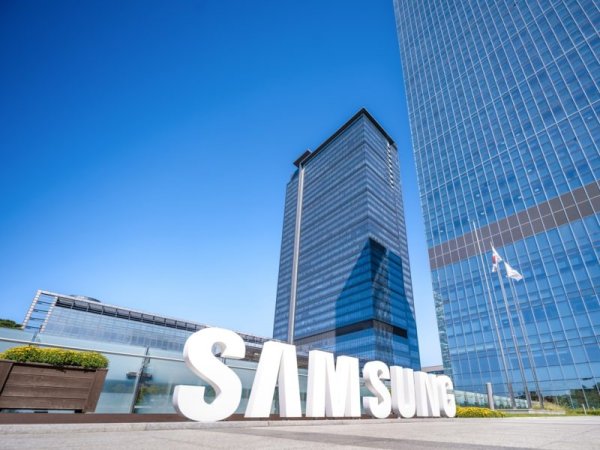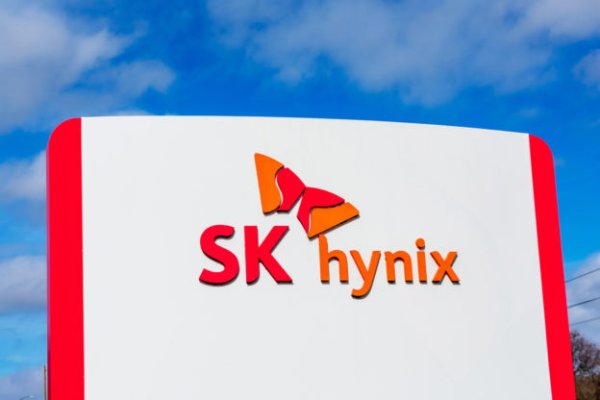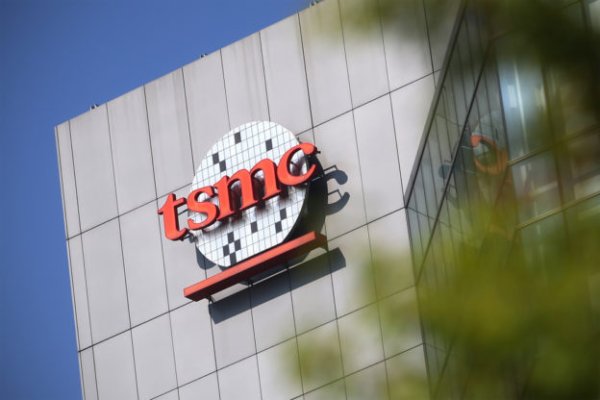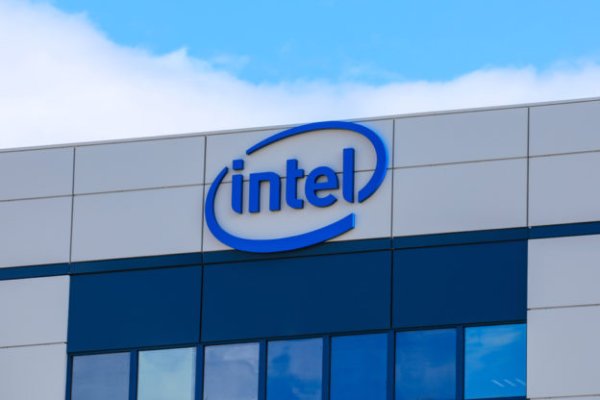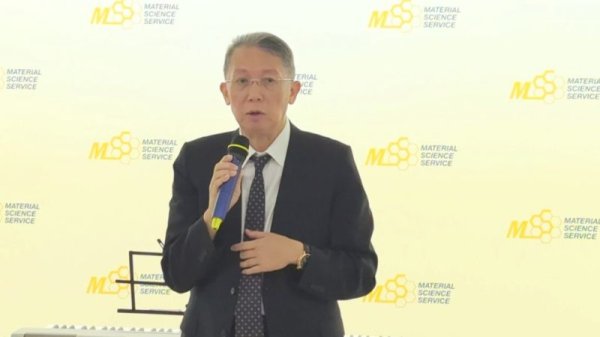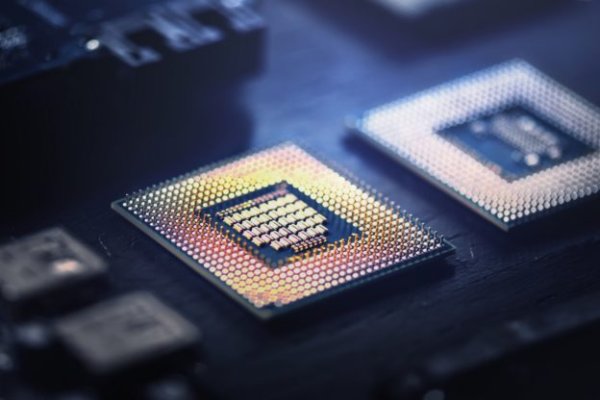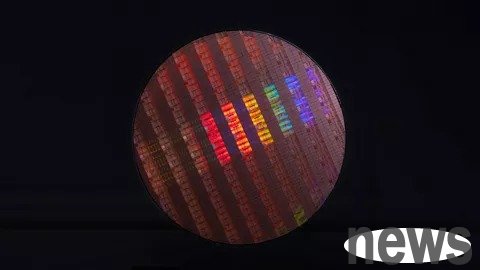Kioxia s performance was not as good as expected, causing the stock price to fall, but the market is still optimistic about the long-term development trend
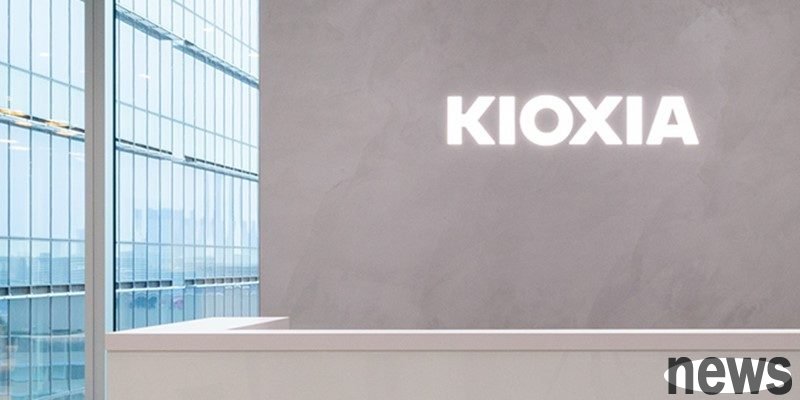
Kioxia, a major Japanese memory manufacturer, announced its second quarter financial report for 2025 on the 13th. The results showed that the second quarter performance did not meet the target, and the third quarter financial forecast was not as expected. Kioxia's closing price on the Japanese stock market fell by 1.62% on the 13th. However, market analysts said that despite disappointing short-term results due to temporary product mix issues, the share price retreated. However, the long-term trend of tight demand and supply driven by AI remains unchanged. Therefore, a short-term correction may be a time to "buy the dip."
According to the financial report released by Kioxia, operating profit in the second quarter of 2025 was 87 billion yen, lower than the market consensus of 96 billion to more than 100 billion yen. At the same time, the third quarter financial forecast predicts revenue of 500-550 billion yen and operating profit of 100-140 billion yen, which is also lower than market expectations of 141-150 billion yen.
The main reason why Kioxia's second-quarter results and third-quarter financial guidance lagged behind was the weakening of its product mix. Among them, due to the seasonal factors of smartphones, the contribution of "smart device" products with lower profit margins increased significantly, reaching an increase of 99% from the previous quarter, and the revenue accounted for 35%. This resulted in a "low single digit" (LSD) quarterly decrease in overall average selling price (ASP). Excluding the impact of product mix, the ASP of similar products actually increased by a mid-single-digit percentage compared with the previous quarter.
Although Kioxia's stock price has soared nearly 7 times year-to-date, poor short-term performance may trigger a correction. But the strong trend of the overall industry has not changed. The main reason is that the product mix is about to improve. That is to say, Kioxia expects that the product mix in the next third quarter will still be similar to that in the second quarter, but it will obviously shift to more profitable SSD products in the fourth quarter and the first quarter of 2026.
Secondly, in the context of continued supply shortages, Kioxia believes that driven by strong AI demand, server replacement, eSSD inference demand, NL-HDD shortages and other factors, the industry remains in short supply. In terms of bit growth, the bit growth in 2026 is expected to reach "high double digits" (high-teen%, about 17-19%), in line with the previous expectations of market research agency Trendforce.
Finally, due to extremely tight supply, we have begun negotiating with some customers for contracts in 2027 or even later. Kioxia will maintain its investment cycle and begin to focus on G8/G10 BiCs technology. Based on the above factors, market analysts still remain optimistic about Kioxia and the overall industry.




